Houba maki is a unique traditional treat from Japan that captures the spirit of early summer, especially in the mountainous Kiso region. Wrapped in fragrant magnolia leaves and often filled with sweet or savory ingredients, this seasonal delicacy holds deep cultural roots and local charm. In this article, we’ll take a closer look at what makes houba maki special and why it continues to be loved today—so keep reading to discover more about this flavorful tradition.
What is Houba maki?
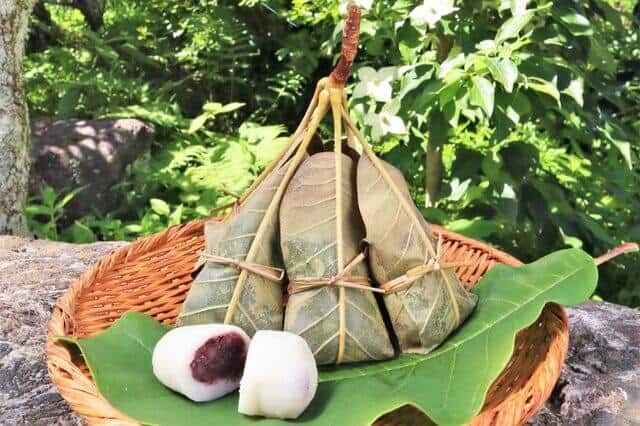
Houba maki is a traditional sweet from the Kiso region in Nagano prefecture, made by wrapping sweet bean paste in rice flour mochi, enclosing it in soft young magnolia leaves tied with rush grass, and steaming it. The magnolia leaves infuse the mochi with a refreshing aroma, making it a seasonal treat that symbolizes early summer, when the tender leaves are available. Once a homemade tradition in Kiso households, houba maki is now crafted by local confectionery shops and comes in various fillings such as coarse or smooth red bean paste, and even unique flavors like white miso with walnut or yuzu bean paste.
Houba maki History
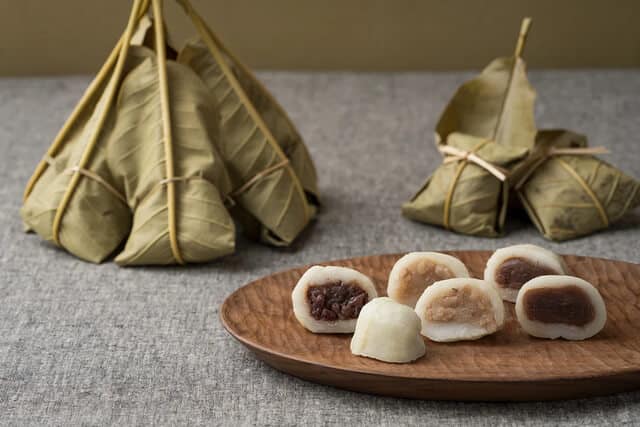
Houbamaki is a traditional celebratory rice cake from the Kiso region, made by kneading rice flour with boiling water, filling it with bean paste, wrapping it in magnolia (houno) leaves, and steaming it. Typically prepared around June 5th for the Boys’ Festival, celebrated a month later than in other regions due to Kiso’s high altitude. Since oak trees don’t grow in the area, locals use magnolia leaves instead of the oak leaves used in kashiwamochi. Each household traditionally had magnolia trees, whose large young leaves become available in early June. They used this whole, without cutting, to wrap the mochi, tied with fresh rush or straw.
Houbamaki is popular for its refreshing aroma and comes in various fillings, such as red bean paste, yuzu miso, or white miso with walnut. The treat has become a seasonal hallmark of early summer in Kiso. Its origins date back to the Heian period, when samurai like Kiso Yoshinaka used magnolia leaves to wrap rice and miso before going to battle. Locals valued Magnolia leaves for their large size and natural preservative qualities.
When is the best time to eat and how can you store them?
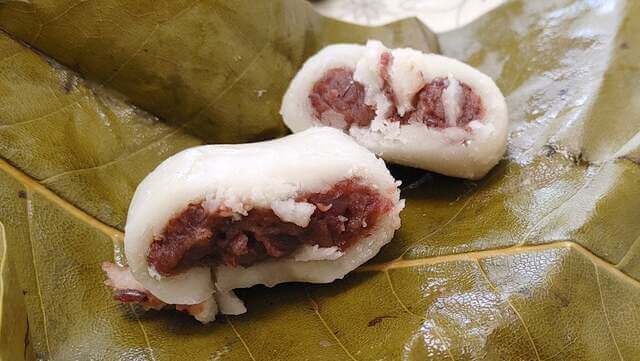
While you might assume mochi tastes best on the day you buy it, locals actually prefer eating it the day after they made it. Letting the rice flour mochi sit for a day makes it firmer and chewier, and allows it to absorb more of the magnolia leaf’s aroma. At Japanese confectionery shops that make magnolia leaf rolls, confectioners often take a tea break with freshly made rolls—but the veterans usually ask, “Do you have yesterday’s?” Some stores even let customers place orders in advance so they can enjoy the rolls after a few days. Expiration dates differ by shop, but most give about three days for best quality.
Takeaway
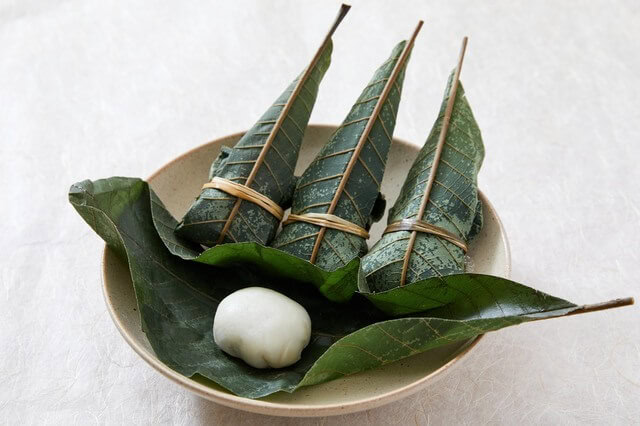
Whether you enjoy its subtle fragrance, chewy texture, or unique regional flavors, trying houba maki offers a special glimpse into Japan’s food culture. If you find yourself in Japan during early summer, be sure to look for this delicacy and experience its charm for yourself.
If you enjoyed learning about houba maki, you might also want to try other regional delights like kashiwamochi, chimaki, or sakura mochi—each offering a unique taste of Japan’s seasonal traditions.

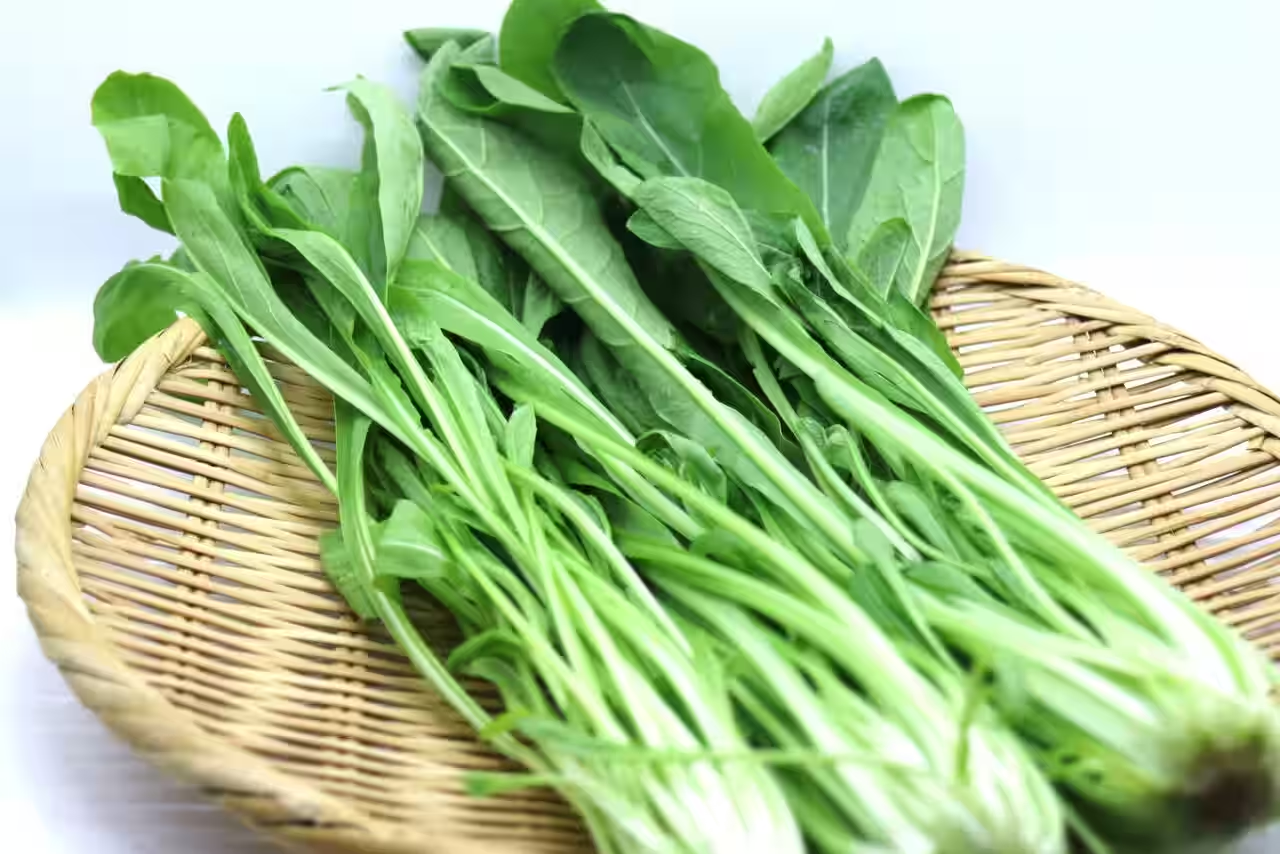
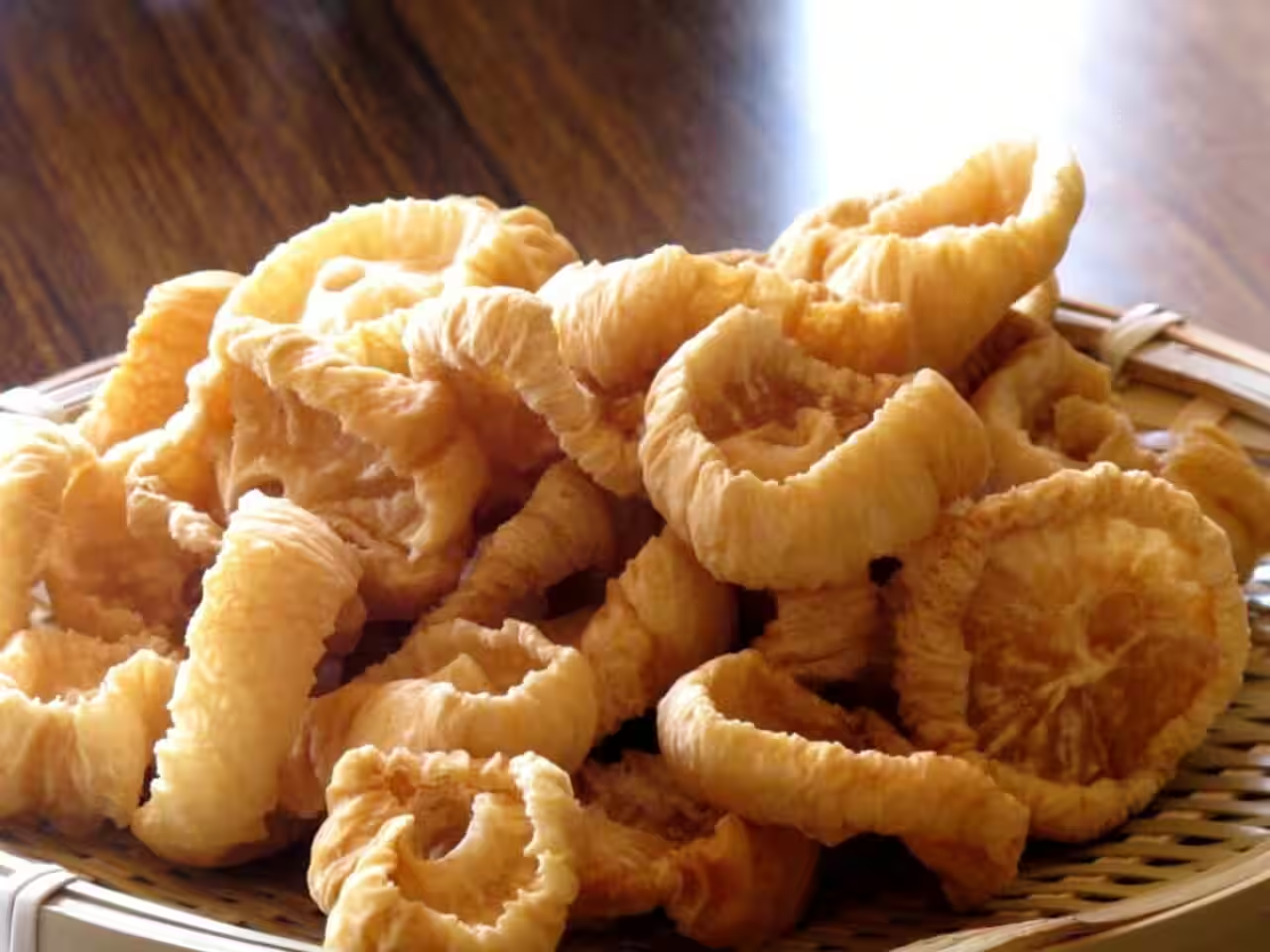
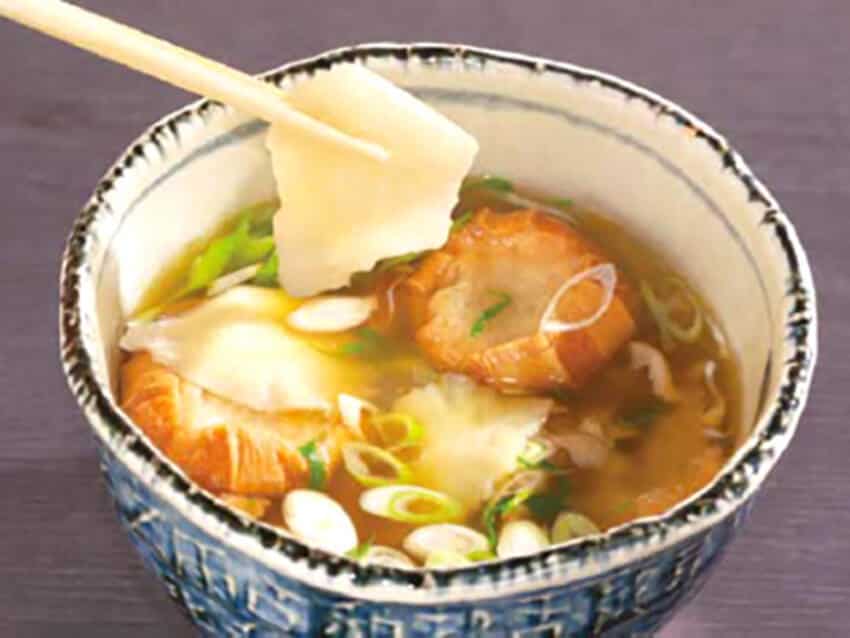


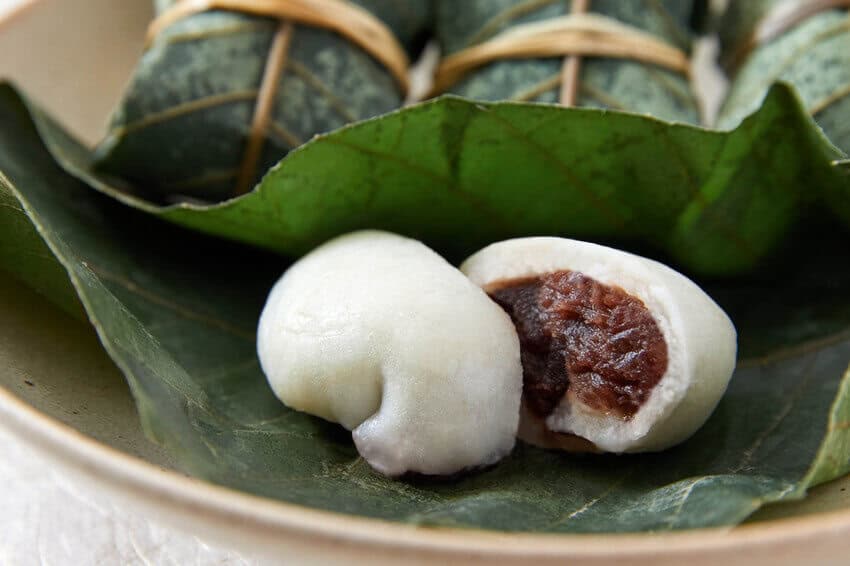
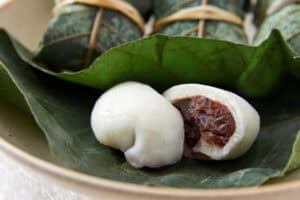
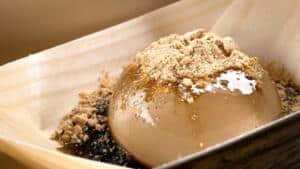
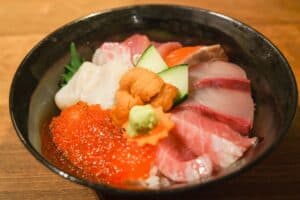

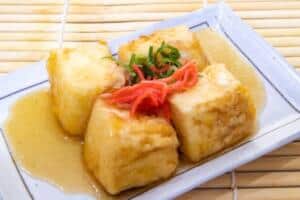


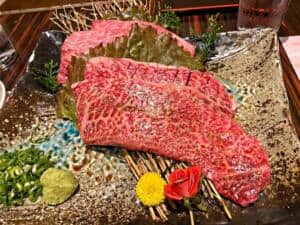
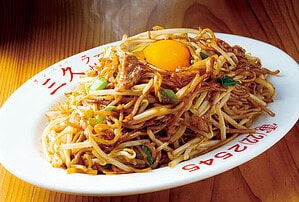
Comments